March's Written Primary Source for the History Classroom
Activities for the History Classroom
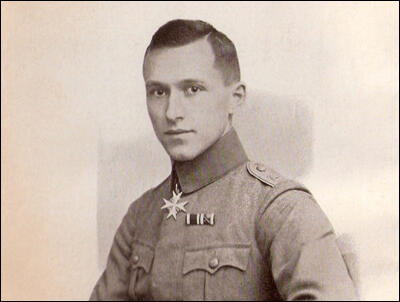
29th March, 2022: Ernst Jünger, The Storm of Steel (1919)
Left of us was the great railway embankment in the line Ecoust-Croisilles, which we had to cross, rose out of the mist. From loopholes and dugout windows built into the side of it rifles and machine-guns were rattling merrily. I strode on in a fury over the black and torn-up ground, from which rose the suffocating gas of our shells. I was entirely alone.
Then I caught sight of the first of the enemy. A figure crouched, wounded apparently, three metres in front of me in the middle of the pounded hollow of the road. I saw him start at the sight of me and stare at me with wide-open eyes as I walked slowly up to him holding out my revolver in front of me. A drama without an audience was ready. To me the mere sight of an enemy in tangible form was a release. Grinding my teeth, I pressed the muzzle to the temple of this wretch, whom terror had now crippled, and with my other hand gripped hold of my tunic. With a beseeching cry he snatched a photograph from his pocket and held it before my eyes... himself, surrounded by a numerous family. I forced down my mad rage and walked past.
Question: Why did Ernst Jünger find it so difficult to kill the British soldier?
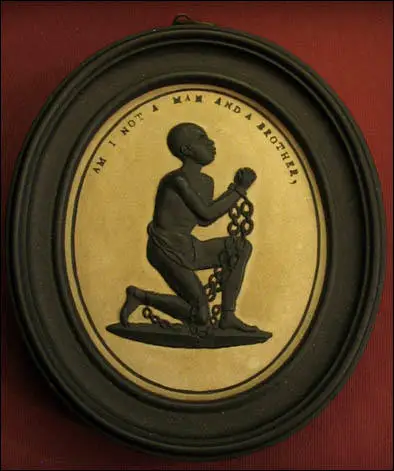
28th March, 2022: Thomas Clarkson, History of the Abolition of the African Slave Trade (1807)
Some had them inlaid in gold on the lid of their snuff boxes. Of the ladies, several wore them in bracelets, and others had them fitted up in an ornamental manner as pins for their hair. At length the taste for wearing them became general, and this fashion, which usually confines itself to worthless things, was seen for once in the honourable office of promoting the cause of justice, humanity and freedom.
Question: As Adam Hochschild, the author of Bury the Chains: The British Struggle to Abolish Slavery (2005) has pointed out: "Wedgwood asked one of his craftsmen to design a seal for stamping the wax used to close envelopes. It showed a kneeling African in chains, lifting his hands beseechingly." It included the words: "Am I Not a Man and a Brother?" Hochschild goes onto argue that "reproduced everywhere from books and leaflets to snuffboxes and cufflinks, the image was an instant hit... Wedgwood's kneeling African, the equivalent of the label buttons we wear for electoral campaigns, was probably the first widespread use of a logo designed for a political cause."
Men displayed them as shirt pins and coat buttons. Whereas women used the image in bracelets, brooches and ornamental hairpins. In this way, women could show their anti-slavery opinions at a time when they were denied the vote. What did Benjamin Franklin mean when he said that the image was "equal to that of the best written pamphlet".
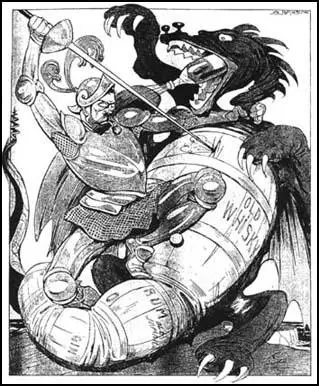
27th March, 2022: The Morning Post (14th March 1916)
At Southampton yesterday Robert Andrew Smith was fined for treating his wife to a glass of wine in a local public-house. He said his wife gave him sixpence to pay for her drink. Mrs Smith was also fined £1 for consuming and Dorothy Brown, the barmaid, £5 for selling the intoxicant, contrary to the regulations of the Liquor Control Board.
Question: In October 1915 the British government announced several measures they believed would reduce alcohol consumption. A "No Treating Order" laid down that any drink ordered was to be paid for by the person supplied. The maximum penalty for defying the Government order was six months' imprisonment. Why would the government be trying to reduce alcohol consumption in 1915?
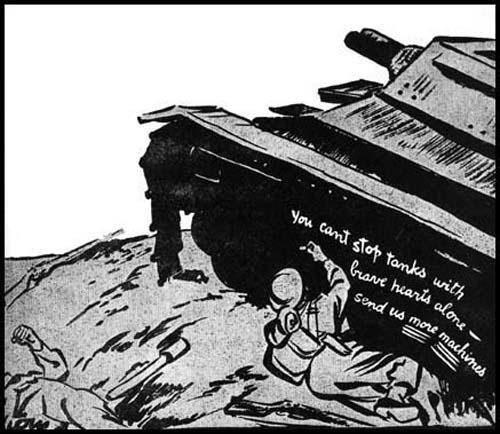
24th March, 2022: Douglas Bader, a member of 222 Squadron, attempted to protect Allied forces leaving Dunkirk. His account appeared in Fight for the Sky (1973).
We were all flying around up and down the coast near Dunkirk looking for enemy aircraft which seemed also to be milling around with no particular cohesion. The sea from Dunkirk to Dover during these days of the evacuation looked like any coastal road in England on a bank holiday. It was solid with shipping. One felt one could walk across without getting one's feet wet, or that's what it looked like from the air. There were naval escort vessels, sailing dinghies, rowing boats, paddle-steamers, indeed every floating device known in this country. They were all taking British soldiers from Dunkirk back home. The oil-tanks just inside the harbour were ablaze, and you could identify Dunkirk from the Thames estuary by the huge pall of black smoke rising straight up in a windless sky. Our ships were being bombed by enemy areoplanes up to about half-way across the Channel and the troops on the beaches were suffering the same attention. There were also German aircraft inland strafing the remnants of the British Expeditionary Force fighting their way out to the port.
Question: The total casualties of the British Army in France between 10th May and early June was 68,111. In all, 338,226 men were brought to England from Dunkirk, of whom 139,097 were members of the French Army. Left behind in France were 2,472 guns, 20,000 motorcycles, and almost 65,000 other vehicles. Almost all of the 445 British tanks that had been sent to France with the BEF were abandoned. Six destroyers had been sunk and nineteen damaged. The RAF had also lost 474 aircraft. Use the account above and the information on Dunkirk to explain why it was so difficult to get the men back from France.
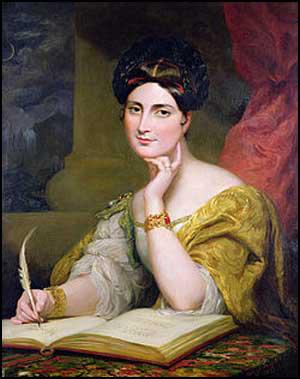
23rd March, 2022: Caroline Norton, English Laws for Women in the Nineteenth Century (1854)
After the adultery trial was over, I learnt the law as to my children - that the right was with the father; that neither my innocence nor his guilt could alter it; that not even his giving them into the hands of a mistress, would give me any claim to their custody. The eldest was but six years old, the second four, the youngest two and a half, when we were parted. I wrote, therefore, and petitioned the father and husband in whose power I was, for leave to see them - for leave to keep them, till they were a little older. Mr. Norton's answer was, that I should not have them; that if I wanted to see them, I might have an interview with them at the chambers of his attorney. What I suffered on my children's account, none will ever know or measure. Mr. Norton held my children as hostages, he felt that while he had them, he still had power over me that nothing could control.
My youngest child, then a boy of eight year old, left without care or overlooking, rode out with a brother but little older than himself, was thrown, carried to the house of a country neighbour. Mr. Norton allowed the child to lie ill for a week - indeed to be at death's door - before he sent to inform me. Lady Kelly (who was an utter stranger to me) met me at the railway station. I said "I am here - is my boy better?" "No", she said "he is not better - he is dead." And I found, instead of a child, a corpse already coffined."
Question: Ernest Sackville Turner has argued that the "Common Law of England, in the early part of the 19th century the nineteenth century, granted a wife fewer rights than had been accorded to under the later Roman law, and hardly more than had been conceded to an African slave before emancipation... The husband... owned her body, her property, her savings, her personal jewels and her income, whether they lived together or separately." Turner goes on to point out, that the husband "could legally support his mistress on the earnings of his wife". Use the case of Caroline Norton to illustrate the point that Turner is making.

